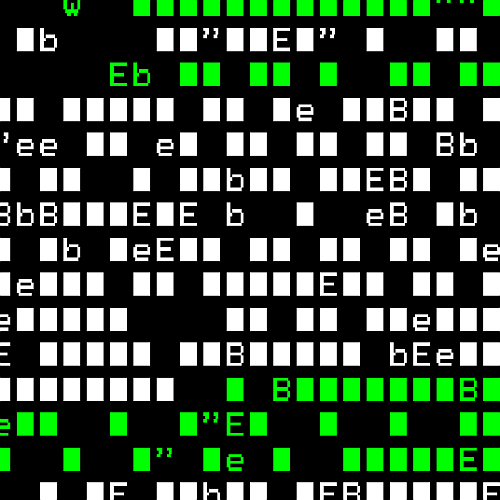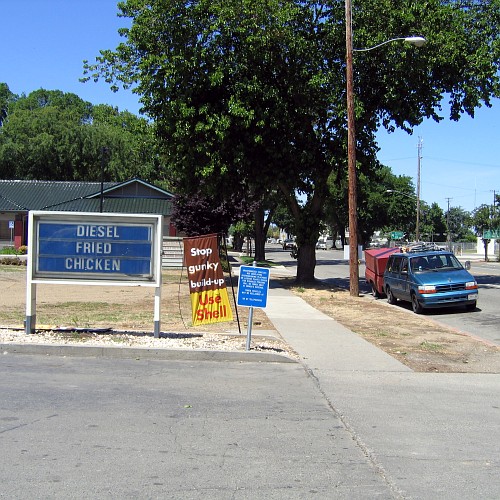Suppose I Take This Ludicrous Little Radish . . .
"But what about that big radish? You see it, don't you? Right there in the palm of your hand? And the little one? You see it too, don't you? Stunted! Dwarfed! This miserable puny radish! . . . A radish is a perfectly simple matter, isn't it? No, it's not simple? Ah, you disarm me! . . . And a giant radish, Ferdinand? Imagine an enormous radish! . . . Say as big as your head! . . . Suppose I take this ludicrous little radish and blow it up to enormous size with telluric blasts . . . Well? Like a balloon! Ah? And suppose I make a hundred thousand of them . . . a hundred thousand radishes! More and more voluminous! . . . And each year as many as I please . . . Five hundred thousand . . . enormous radishes! . . . As big as pears . . . As big as pumpkins! . . . Radishes such as nobody has ever seen! . . . Why, it's automatic . . . I eliminate the small radish . . . I wipe small radishes off the face of the earth! . . . I corner the market, I erect a monopoly! All your measly undersized vegetables are finished! Unthinkable! Through! All these baubles! These small-fry! No more tiny bunches! No more piddling shipments! If they keep, it's only by miracle . . . It's wasteful, my friend . . . anachronistic . . . shameful! . . . Enormous radishes, that's what I want to see! And here's our slogan: The future belongs to the radish . . . my radish . . . And what's going to stand in my way? My market? The whole world! . . . Is my radish nutritious? Tremendously! . . . Radish flour is fifty percent richer than the other kind . . . 'Radicious bread' for the army! . . . Far superior to all the wheat in Australia! . . . The analyses bear me out! . . . Well what do you think of it? . . . Is it beginning to dawn on you? You're not interested! Neither is she . . . But I am . . . If I devote myself to the radish . . . I'm only taking the radish as an example, I might have chosen the turnip . . . . But let's take the radish! The shock value will be greater. So there you are! I'm going into it! To the hilt! . . . to the hilt, do you hear . . . You catch my meaning?"
-- Louis-Ferdinand Céline, Death on the Installment Plan, tr. Ralph Manheim (New York: New Directions, 1966), 467-68.


















